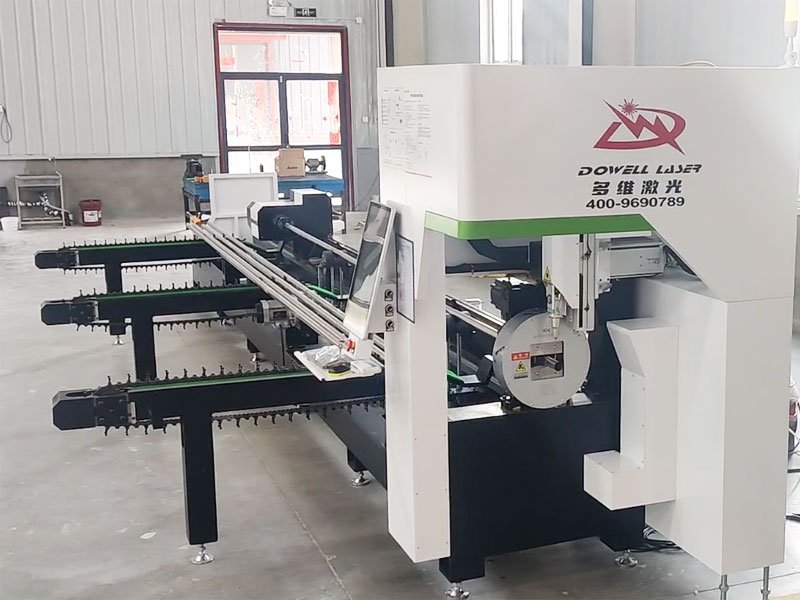In the field of modern industrial manufacturing, laser cutting technology has become an indispensable processing method with its excellent performance and wide applicability. Whether it is metal, non-metal or composite materials, laser can achieve precise and efficient cutting. Why are Lasers Used for Cutting Materials? Let’s explore the mystery of laser cutting.
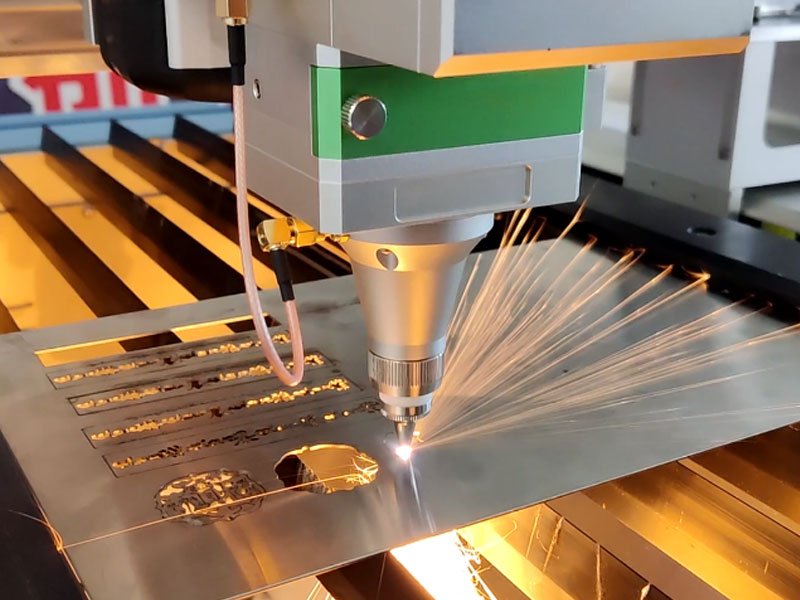
What is Laser Cutting
Laser is a highly concentrated, monochromatic and directional light beam. It excites specific substances and generates high-energy photon beams. During the laser cutting process, after the laser beam is focused, its energy density is extremely high, which can instantly heat the material to the melting point or boiling point, gasify, evaporate or burn it, thereby achieving the purpose of cutting.
Types of lasers:
- CO2 laser: suitable for cutting non-metallic materials such as wood, plastic, leather, etc.
- Fiber laser: mainly used for cutting metals, especially thin metal sheets.
- YAG laser: suitable for cutting highly reflective materials such as copper, aluminum, etc.
Main Steps of Laser Cutting:
- The laser generator generates a laser beam;
- The laser beam is focused to a very small point through an optical system;
- When the laser beam is irradiated to the surface of the material, the material absorbs the laser energy and the temperature rises rapidly;
- When the temperature reaches the melting point or boiling point of the material, the material is cut.

What are the Advantages of Laser Cutting
High-precision cutting
- Lazer cutting can achieve extremely small cutting tolerances, usually up to a few microns or even higher. This makes it very suitable for the processing of precision parts, such as electronic components, medical devices, etc.
- The focusing characteristics of the laser beam make the cut edge very smooth, without the need for subsequent processing, greatly improving the quality and production efficiency of the product.
High-speed cutting
- The speed of laser cutting is very fast, which can greatly improve production efficiency. Compared with traditional cutting methods, laser to cut can complete more work in a shorter time.
- High-speed cutting can also reduce the heat-affected zone of the material and reduce the risk of deformation and damage to the material.
Non-contact cutting
- Cutting with a laser is a non-contact processing method in which there is no direct physical contact between the laser beam and the material. This avoids damage and deformation of the material, and is particularly suitable for cutting fragile materials such as glass, ceramics, etc.
- Non-contact cutting can also reduce tool wear and replacement costs, and increase the service life of the equipment.
High flexibility
- The cutting laser can cut materials of various shapes and thicknesses, whether it is a flat figure or a complex three-dimensional shape, it can be easily achieved.
- Laser cutting equipment can be controlled by computer programming to achieve automated production, greatly improving production flexibility and efficiency.
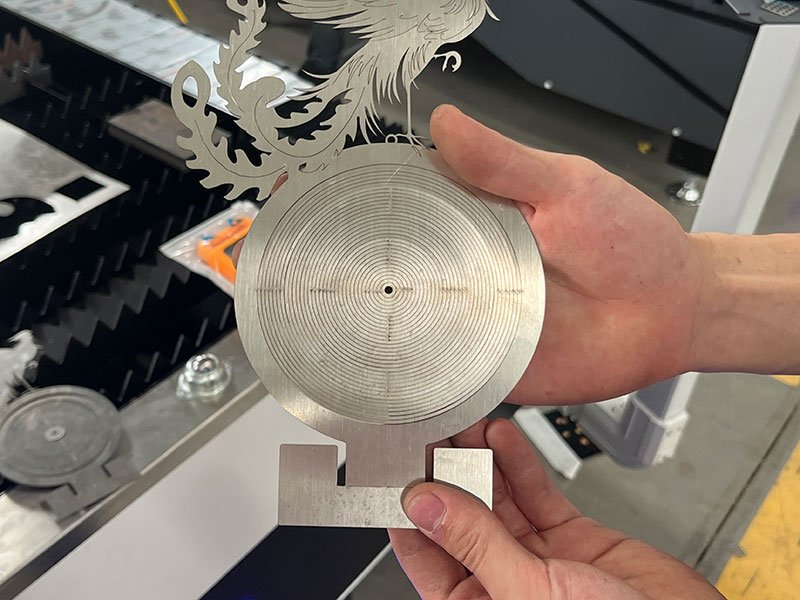
Laser Cutting Applications of Different Materials
Metallic materials
For metal materials such as steel and aluminum, lasercut has the characteristics of high efficiency and high precision. It can cut metal sheets of various thicknesses, and the cutting edges are smooth and burr-free.
Laser cuts can also perform fine processing such as punching and engraving on metal materials to meet different production needs.
Non-metallic materials
Non-metallic materials such as plastics, wood, and glass can also be processed by lazer cut. For plastic materials, lazer cut can achieve precise shape cutting without burrs and deformation.
Laser cutter for wood can achieve complex patterns and engraving, providing more design possibilities for industries such as furniture manufacturing. Laser cut glass can achieve high-precision cutting and punching, avoiding cracks and breakages that are easy to occur in traditional cutting methods.
Composites
Composites are usually composed of two or more different materials and have excellent properties. Laser cutting can achieve precise cutting of composite materials without damaging their structure.
Carbon fiber composites have been widely used in aerospace, automobile manufacturing and other fields, and laser cutting can provide efficient and high-precision solutions for their processing.
Laser Cutting Limitations
Material thickness and reflectivity
The efficiency and effect of laser cutting are limited by the thickness and reflectivity of the material. For thicker materials, the cutting speed is slow, and highly reflective materials (such as aluminum and copper) tend to reflect the laser, reducing cutting efficiency.
Equipment cost
Laser cutting equipment is more expensive than traditional cutting equipment, especially high-power laser equipment. In addition, maintenance costs and operator training costs are also high.
Requirements for operating technology
Laser cutting requires professional operating technology, and improper equipment commissioning and operation may lead to reduced cutting quality. Therefore, operator training is critical.

Laser Cutting vs. Traditional Cutting Costs
| Category | Description |
|---|---|
| Initial Investment | Laser cutting machine equipment is expensive, especially high-power machines. |
| Auxiliary Equipment | Includes systems such as compressed air, cooling systems, etc. |
| Site Modifications | Suitable space is required for laser cutting machines, with necessary modifications. |
| Ongoing Operating Costs | |
| Consumables | Consumables like laser gases used during laser operation. |
| Power Consumption | Laser cutting machines consume significant amounts of electricity. |
| Maintenance | Regular maintenance and replacement of wear parts. |
| Labor Costs | Salaries and training costs for operators. |
| Comparison with Traditional Cutting Methods | |
| Short-Term Costs | Laser cutting requires high initial investment but saves costs in the long run due to its efficiency, precision, and automation. |
| Long-Term Costs | Laser cutting reduces material waste, increases product quality, and lowers labor costs, resulting in reduced overall production costs. |
| Factors Affecting Cost | |
| Material Thickness and Hardness | The thicker and harder the material, the more difficult and costly the cutting process. |
| Cutting Precision Requirements | The higher the precision required, the slower the cutting speed, leading to higher costs. |
| Batch Size | Larger batches help spread the cost, reducing per-unit expenses. |
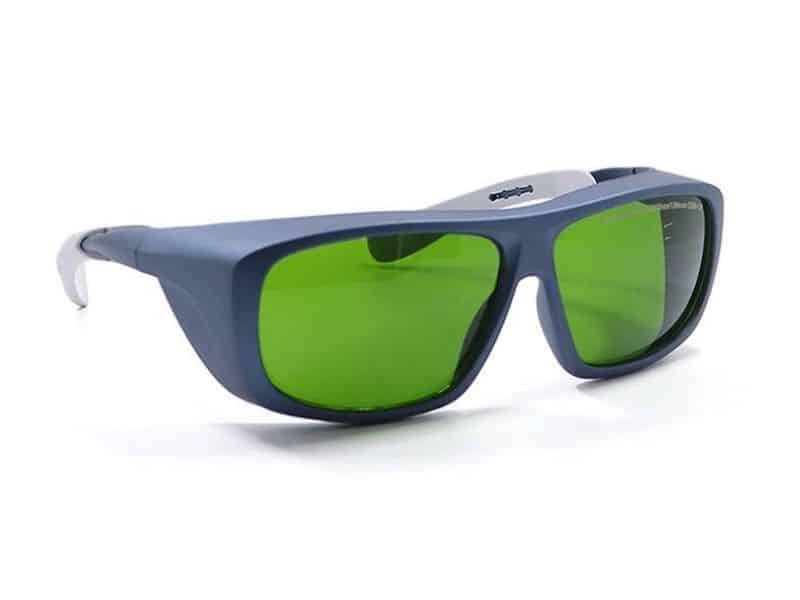
Safety Protection for Laser Cutting Operators
High-energy laser beams are generated during laser cutting, which are potentially harmful to the human body.
- Eye protection: Wear laser protective glasses that meet laser safety standards.
- Skin protection: Wear protective clothing, gloves, etc. to avoid direct exposure of the skin to the laser beam.
- Respiratory protection: When cutting certain materials, harmful gases may be generated, and respiratory protection equipment needs to be worn.
- Environmental protection: The workplace should be well ventilated and an emergency stop switch should be set.
- Operation procedures: Strictly follow the operating procedures to avoid misoperation.
Development trend of laser cutting technology
High-power lasers
With the continuous advancement of technology, high-power lasers are being continuously developed and applied. High-power lasers can bring faster cutting speeds and thicker cutting capabilities, meeting the processing needs of large workpieces and thick plate materials in different industries.
High-power lasers can also improve the efficiency and accuracy of laser cutting and reduce production costs.
Intelligent and automated
Laser cutting technology is developing towards intelligence and automation. By introducing advanced sensors, control systems and artificial intelligence technologies, real-time monitoring and optimized control of the laser cutting process can be achieved.
Intelligent and automated laser cutting equipment can improve production efficiency and cutting accuracy, reduce labor costs, and also improve the reliability and safety of equipment.
Combination with other technologies
Laser cutting technology can be combined with other technologies to expand its application areas. Laser cutting can be combined with 3D printing technology to achieve rapid manufacturing of complex-shaped parts.
Laser cutting can also be combined with robotics technology to achieve automated production lines and improve production efficiency and quality.
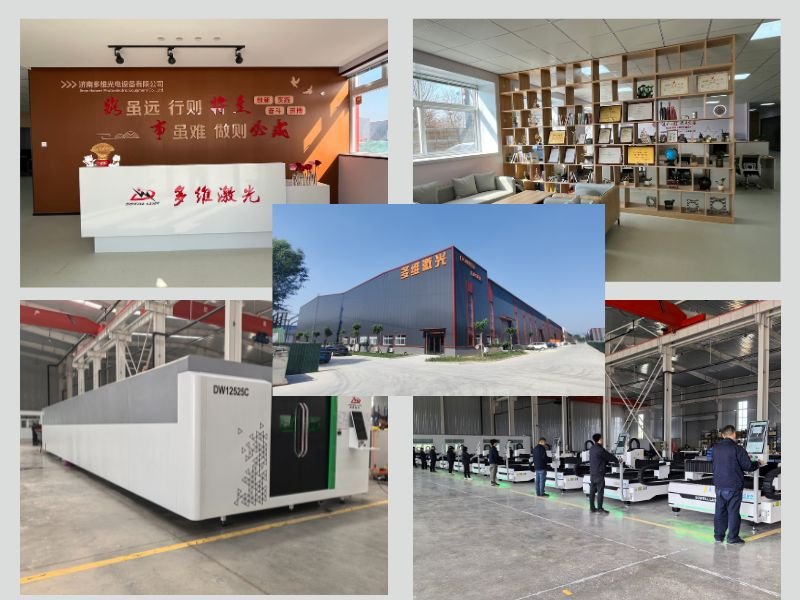
Conclusion
Laser cutting has become an important tool for modern material processing due to its high efficiency, precision and versatility. Although it has limitations in certain specific applications, with the continuous advancement of technology, the application prospects of laser cutting in industry and manufacturing will be broader. In the future, laser cutting technology is expected to further improve cutting efficiency, reduce costs, and help more industries achieve automation and efficient production.



